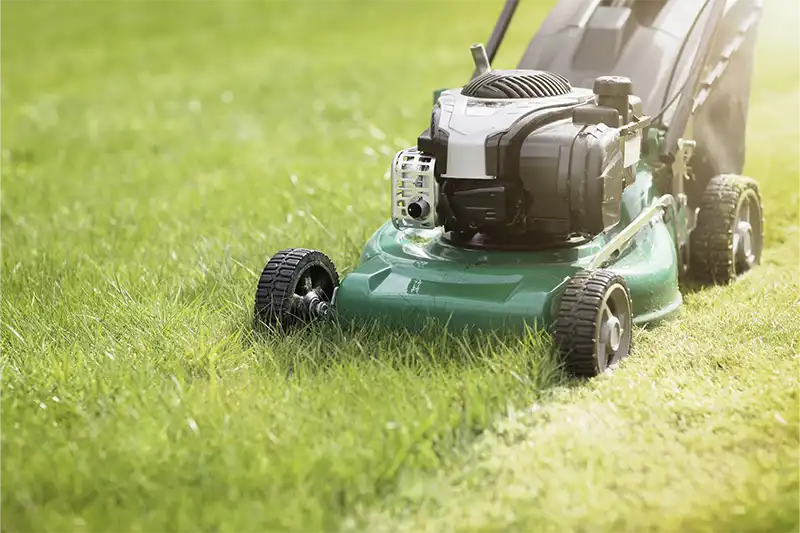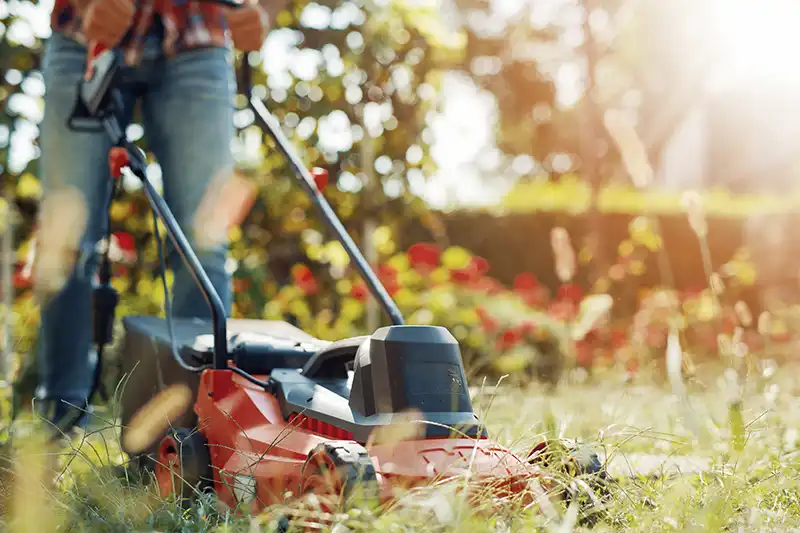Maintaining Your Lawn’s Health in Any Weather Condition
Can you mow wet grass without causing damage to your lawn? It’s a question many homeowners face, especially during rainy seasons or in regions with high humidity. Mowing wet grass comes with its challenges and considerations, but with the right approach, you can keep your lawn looking its best regardless of the weather conditions.

Understanding the Risks
Mowing wet grass poses several risks to both your lawn and your mower. Wet grass blades are more prone to clumping, which can result in an uneven cut and an unsightly appearance. Additionally, mowing wet grass can create soil compaction and damage delicate grass roots, leading to reduced turf health and increased susceptibility to pests and diseases.
Effects on Lawn Health
Mowing wet grass can impact your lawn’s health in various ways. Aside from the risk of damage, cutting wet grass can spread fungal diseases, such as dollar spot and brown patch, as moisture creates an ideal environment for fungal growth. Moreover, the weight of wet grass clippings can smother the turf, inhibiting photosynthesis and hindering grass growth.

Best Practices for Mowing Wet Grass
While it’s generally best to avoid mowing wet grass whenever possible, there are instances where it may be necessary. If you find yourself needing to mow wet grass, follow these tips to minimize potential damage:
- Wait for the Right Conditions: Whenever possible, wait for the grass to dry before mowing. Mowing wet grass should be a last resort when dry weather isn’t in the forecast.
- Adjust Mower Height: Raise your mower deck to a higher setting to prevent scalping and minimize stress on the grass blades. Taller grass blades can also help reduce clumping.
- Use Sharp Blades: Sharp mower blades are essential for a clean cut, especially when mowing wet grass. Dull blades can tear the grass, leading to jagged edges and increased susceptibility to disease.
- Take It Slow: Reduce your mowing speed and make overlapping passes to ensure an even cut. Avoid turning sharply to prevent tearing or rutting in the wet turf.
Clean Up Clippings: Remove any clumps of wet grass from the lawn after mowing to prevent them from smothering the turf and promoting fungal growth.
Can You Mow Wet Grass?
In conclusion, while it’s generally best to avoid mowing wet grass to maintain the health and appearance of your lawn, there may be situations where it’s unavoidable. By following the tips outlined above and using caution when mowing wet grass, you can minimize the risk of damage and keep your lawn looking its best year-round. Remember to prioritize lawn care practices that promote turf health and resilience, ensuring a lush and vibrant lawn for seasons to come. Can you mow wet grass? Reach out Green Earth Landscaping for expert lawn mowing advice in Clearwater, FL. Call us (727) 606-4381 today!